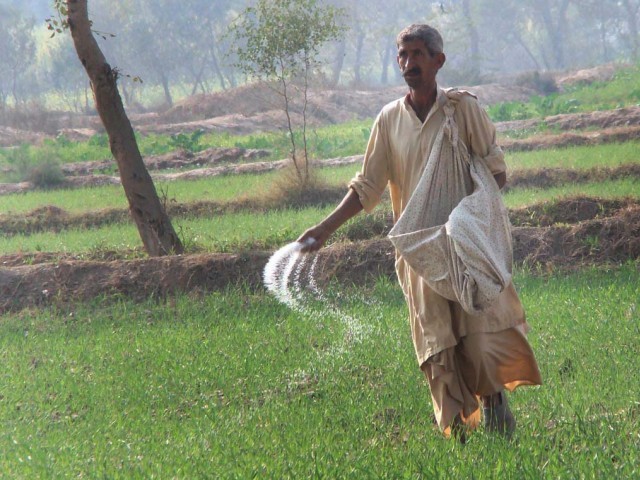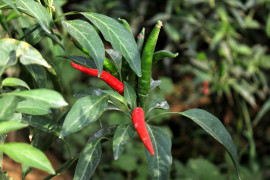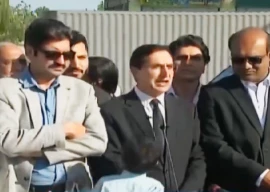
LAHORE: New feedgas options for producing urea should be explored immediately as gas deposits in Mari field, which runs 90% of the country’s fertiliser plants, will start depleting in the next six to eight years.
Of the country’s annual urea production of 6.2 million tons, Fauji Fertilizer Company, Fatima Fertilizer and Engro Fertilizers produce approximately 5.2 million tons. They are situated in a radius of about 60km and are dependent on Mari gas field.
Earlier, Mari gas field had reserves of over 6 trillion cubic feet, however, these have now come down to just two trillion cubic feet, which may last for another eight to ten years.
Although gas exploration is an ongoing activity and there are new discoveries as well, the fertiliser industry is of the view that the department concerned should seriously look for gas exploration and other options for a smooth supply to urea manufacturing plants.
Addressing the media during a visit to the fertiliser plant in Deharki, Engro Fertilizers Senior Vice President Asif Tajik said Ghotki district was one of the most revenue-generating regions of Sindh. It houses fertiliser plants that produce 90% of the national urea production and also produces over 600MW of power through gas-fired independent power plants (IPPs).
Stressing the importance of urea, he said if there was no urea to support crops half of the world population may not find enough food.
He said urea fertiliser was given special importance and priority by governments across the globe because it helped ensure food security.
Explaining the reasons for exporting surplus urea last year, Tajik said the fertiliser industry had a huge inventory, which was difficult to store and handle while there was very little demand in the market at that time.
Reaction to budget: Fertiliser industry fears more accumulation of refund claims
“It was a right decision, which was taken from the perspective of inventory management given the realities of that time,” he added.
He pointed out that the government was now importing 100,000 tons of urea because earlier a few plants were shut down due to gas shortage.
Commenting on LNG as an option for urea production, the official said though LNG was an expensive option, it would be the government’s decision if it wanted to subsidise it for local production or import urea. Currently, urea is available at a price of $280 per ton in the international market.
He informed the media that local urea was available at Rs1,600 per bag while imported urea cost approximately Rs2,600 per bag for which the government had to give a subsidy of approximately Rs1,000 per bag.
“If we produce urea locally, we generate employment, taxes, duties and also contribute for the communities around us. But if we import urea, we not only drain our foreign exchange but we also deprive our exchequer of billions of rupees in taxes and duties each year.”
Fertiliser industry still waiting for subsidy release
Talking about Engro Fertilizers’ plants in Deharki, Tajik said the new plant of Engro Fertilizers, Engro Enven, was far more efficient than the old plant and was running at capacity of over 95%.
He said Engro Enven was producing approximately 1.2 million tons of urea per annum, while the total annual production from both its plants is two million tons.
Published in The Express Tribune, October 6th, 2018.
Like Business on Facebook, follow @TribuneBiz on Twitter to stay informed and join in the conversation.





















1713281138-0/US-Treasury-Secretary-Janet-Yellen-(2)1713281138-0-270x192.webp)






















COMMENTS
Comments are moderated and generally will be posted if they are on-topic and not abusive.
For more information, please see our Comments FAQ